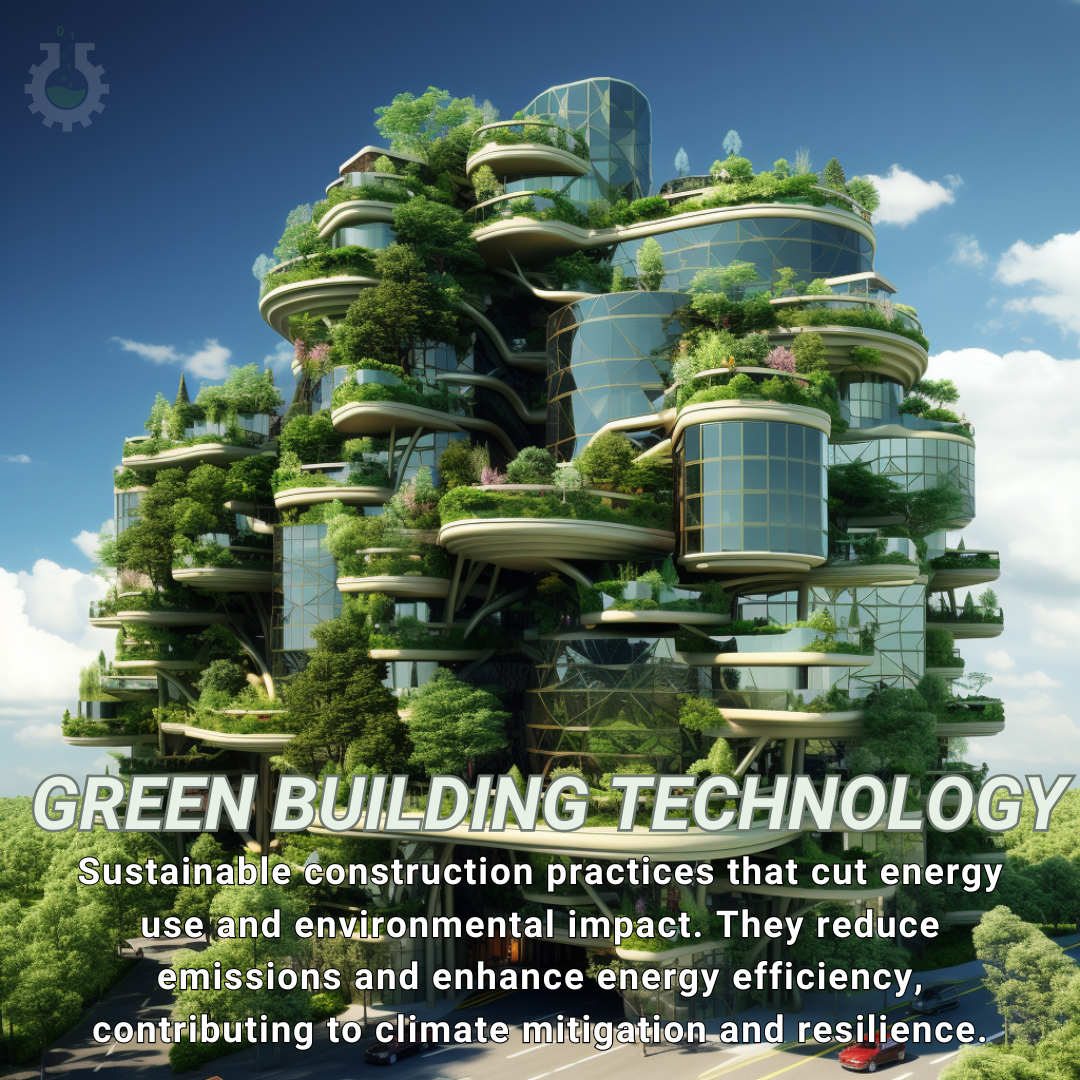October 24, 2023
Climate Change Poster Collection of the Day – Green Building Technology
Book a Demo
Today’s Climate Change Poster Collection focuses on Green Building Technology, an increasingly important focus in construction. The rising concerns over high levels of carbon dioxide in the atmosphere, leading to global warming, have made this innovative technology, aims to create energy-efficient buildings that rely on renewable energy sources, with the ultimate goal of reducing CO2 emissions.
Implementing Green Building Technology can lead to substantial financial savings in the long run. By reducing energy, water, and resource consumption, a building’s carbon footprint can be significantly lowered. However, these long-term benefits often necessitate an initial investment, which can be a barrier to some.
One of the ways Green Building Technology can contribute to a reduced carbon footprint is by decreasing the overall weight of concrete used in construction. This can be achieved by incorporating waste products like fly ash into the concrete mix, which not only enhances its compressive strength but also makes it fire-resistant.
Government bodies worldwide are recognizing the importance of Green Building Technology. Many countries and states have enacted laws mandating the use of green building technology in new construction projects. The aim is to reduce resource usage, cut down on greenhouse gas emissions, and curb pollution.
A leading standard in green building is LEED certification, which is divided into five categories: sustainable sites, water efficiency, energy and atmosphere, materials and resources, and indoor environmental quality. Buildings that achieve LEED certification often enjoy higher occupancy rates, giving clients a competitive edge in the market.
The ‘Urban Heat Island’ phenomenon, where urban areas are significantly warmer than surrounding areas due to dense concrete structures, further emphasizes the need for Green Building Technology. It offers a solution to combat this issue by promoting greener and more sustainable construction practices.
Material selection is a crucial aspect of Green Building Technology. There is a preference for resource-efficient, sustainable materials that not only improve indoor air quality but also conserve water and energy. These materials are not only beneficial to the environment but are also proven to be economically cost-effective.
Green Building Technology is not just environmentally friendly, but also economically viable. It is rapidly growing in popularity among construction companies worldwide for its capacity to save energy, reduce reliance on fossil fuels, and promote sustainable development. The benefits of this technology extend beyond the environment, making it a smart choice for the future of construction.
Discover an inspiring collection of climate change poster.



